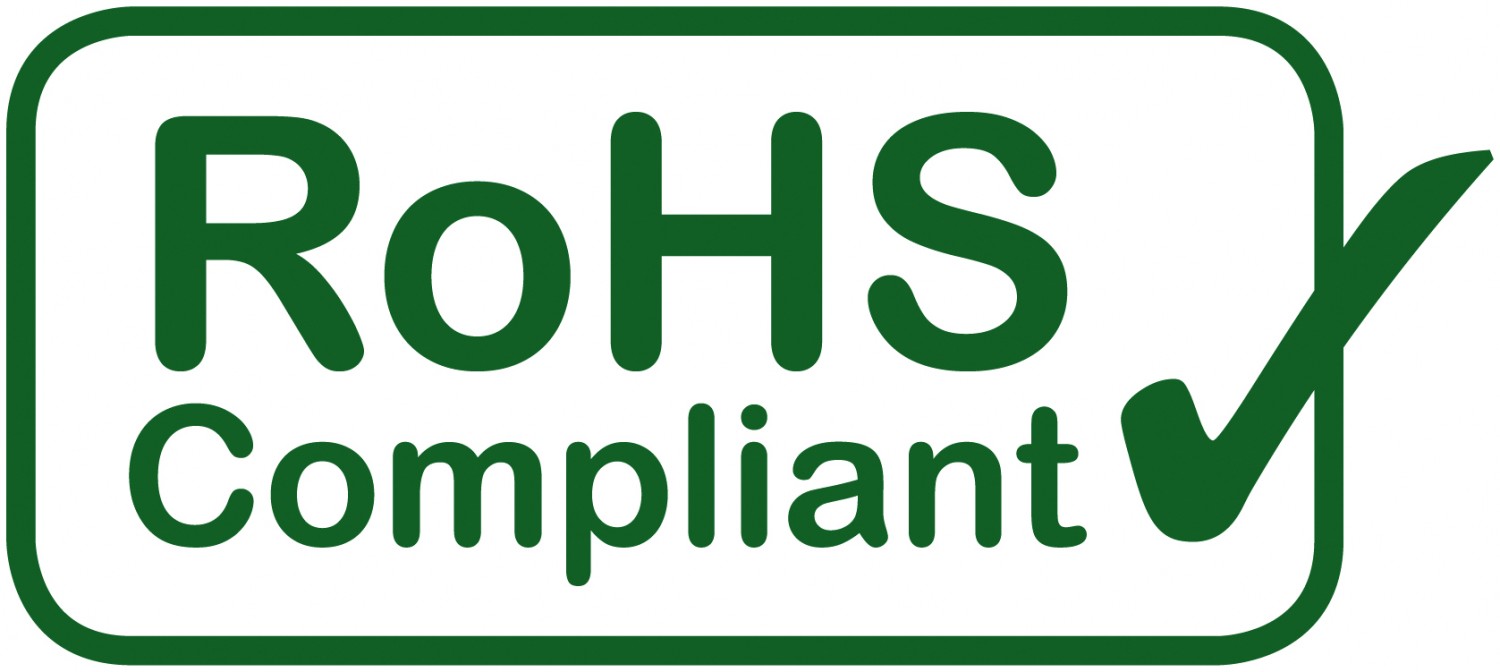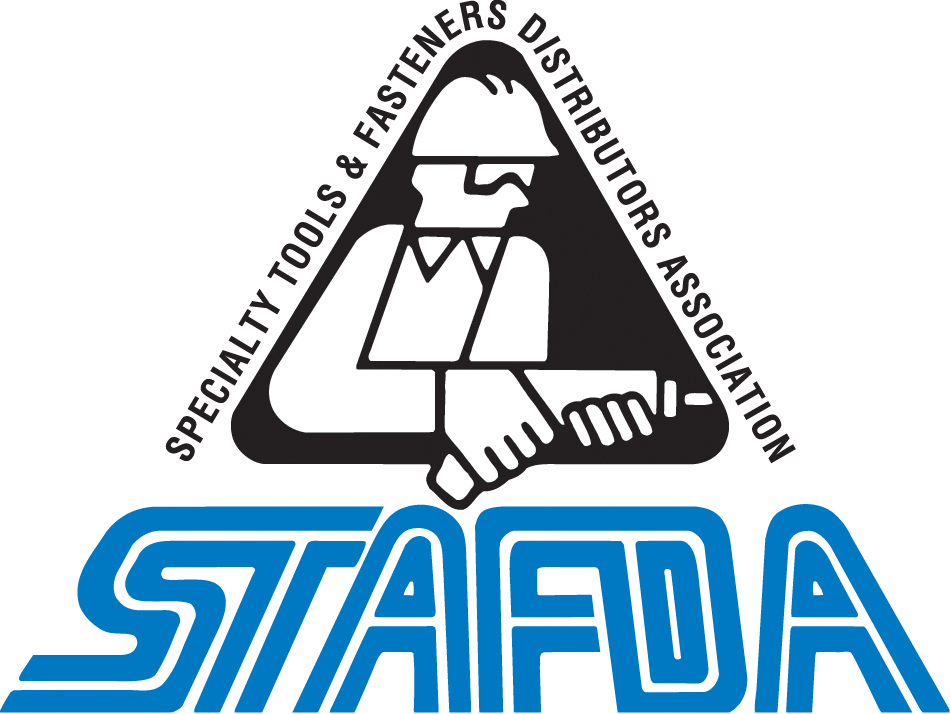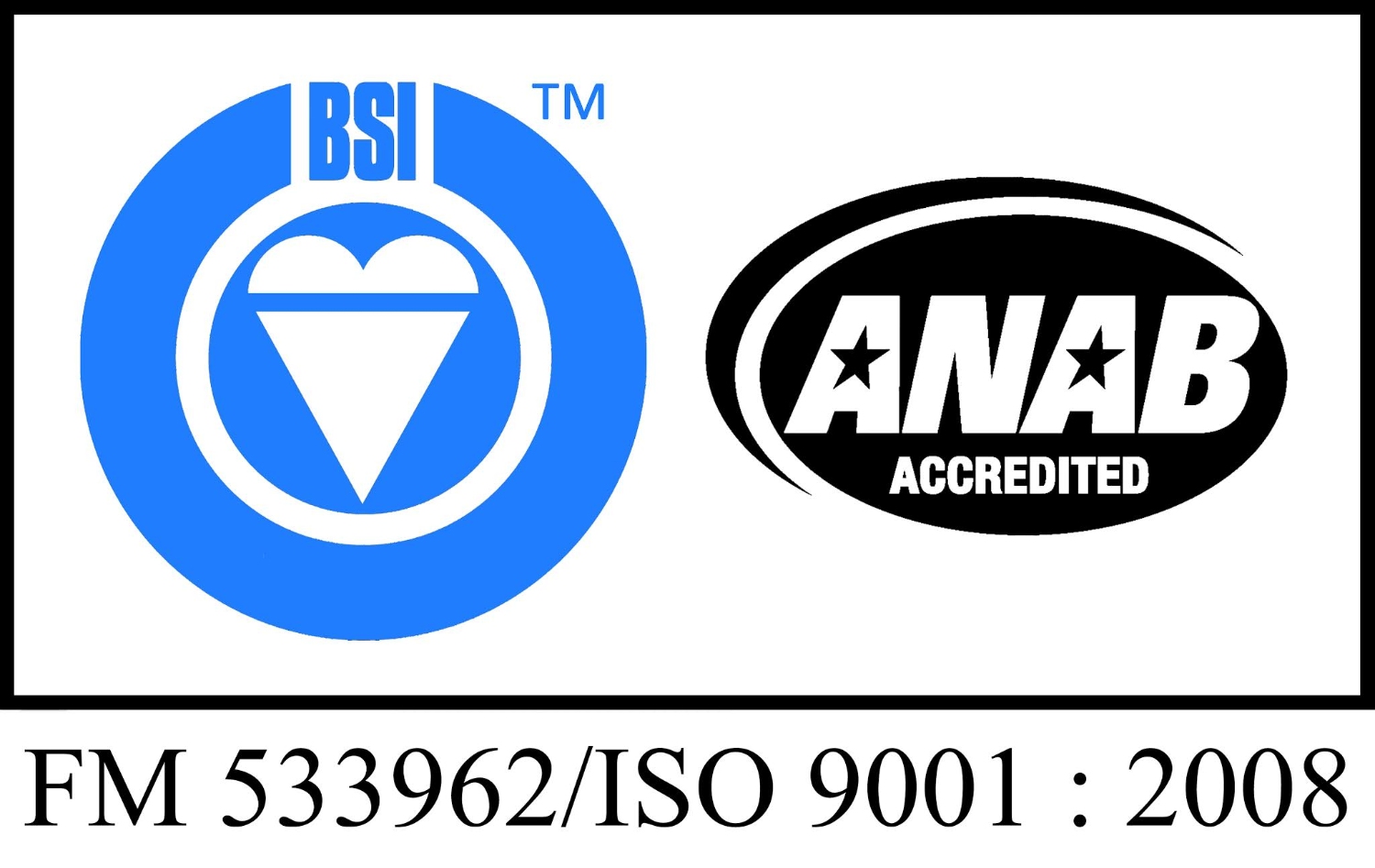Introduction
When working in construction, using the right tools is essential for safety and efficiency. One of the most basic yet crucial tools in any construction project is the common nail. Although these nails might seem simple and easy to use, improper handling can lead to safety hazards and construction failures. In this guide, we will explore some common mistakes people make when using common nails in construction and provide tips on how to avoid them. By following these tips, you can ensure safety, improve the quality of your work, and avoid costly mistakes.
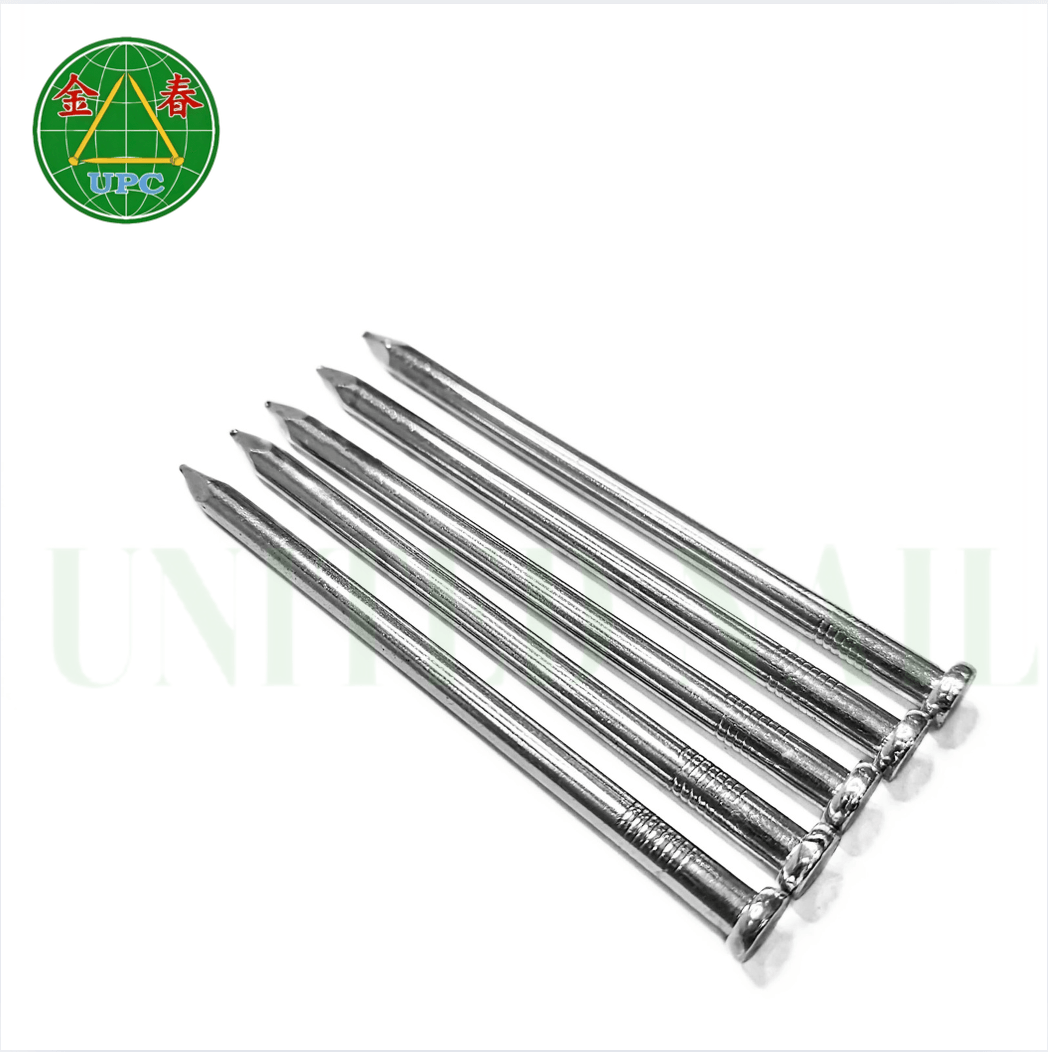
MỤC LỤC BÀI VIẾT
1. Choosing the Wrong Nail for the Job
One of the most common mistakes people make when using common nails is choosing the wrong type or size for the task at hand. Using nails that are too short or too long can result in weak connections, and in some cases, can even be dangerous.
How to Avoid This Mistake:
- Ensure that you choose the correct nail size for the materials you’re working with. Longer nails are ideal for thick materials, while shorter nails should be used for thinner materials.
- Always check the thickness and hardness of the material before selecting the nail. For harder woods, you may need thicker or longer nails to ensure a secure hold.
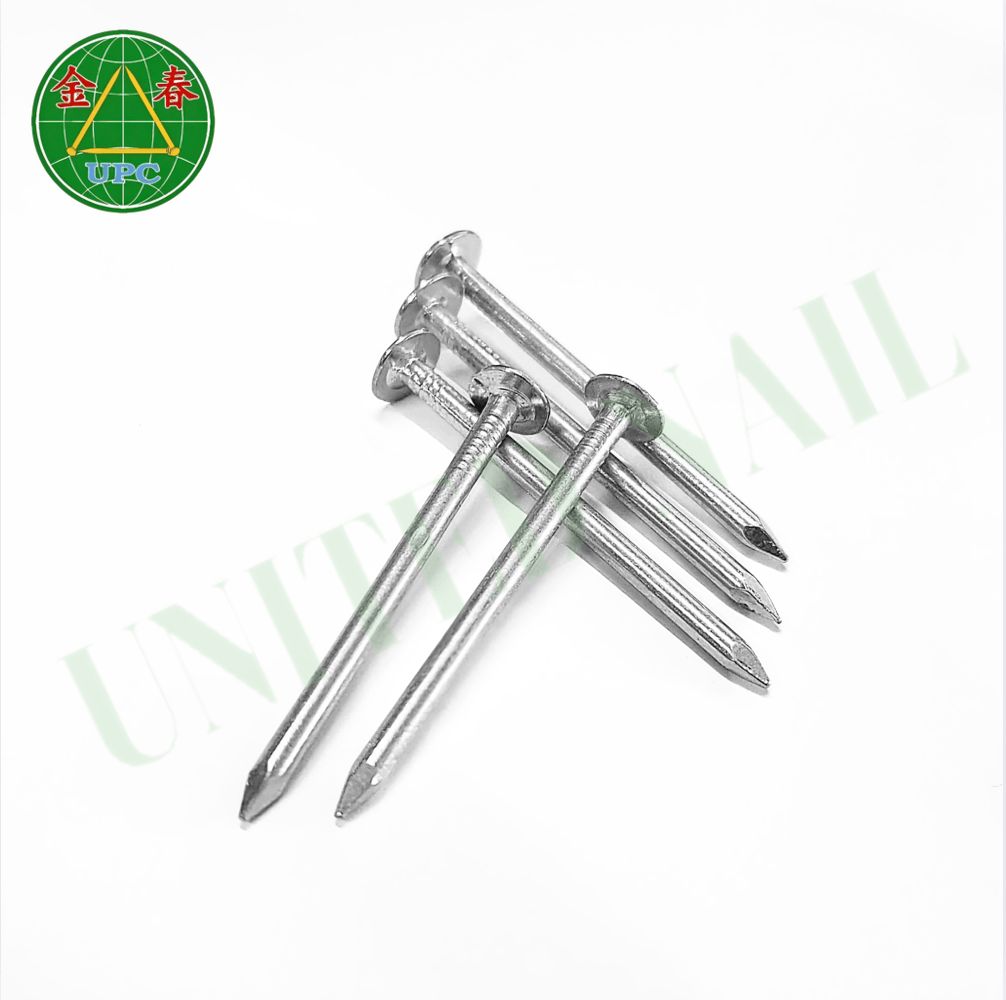
2. Driving Nails Too Deep
Another common mistake is driving the nail too deep into the material. While it might seem like a good idea to hammer a nail all the way in, this can damage the material, causing cracks or uneven surfaces. In some cases, it can also reduce the holding power of the nail.
How to Avoid This Mistake:
- Ensure that you drive the nail deep enough to have the head slightly recessed into the material, but not so deep that it causes damage or weakens the connection.
- Use tools like a hammer with a flat head or a nail gun to control the force and avoid driving the nail too deep.
3. Nailing in the Wrong Location
Nailing in incorrect locations can weaken the structure, causing misalignment or even failure under stress. This is a frequent mistake, especially for those new to construction or DIY projects.
How to Avoid This Mistake:
- Mark the spot where the nails should go before hammering them in. Using a pencil or ruler to ensure proper placement can prevent mistakes.
- Avoid nailing near the edges of materials, as this can cause the wood to split. Make sure you are hitting the studs or designated support areas when necessary.
4. Using Low-Quality Nails
Low-quality nails can bend, snap, or rust more easily than higher-quality options. Using subpar nails can lead to failed projects and create safety hazards.
How to Avoid This Mistake:
- Always purchase nails from reputable suppliers. Inspect each nail for defects like rust or warping before use.
- If your project requires outdoor work or exposure to moisture, consider using galvanized nails or corrosion-resistant nails to prevent rusting.
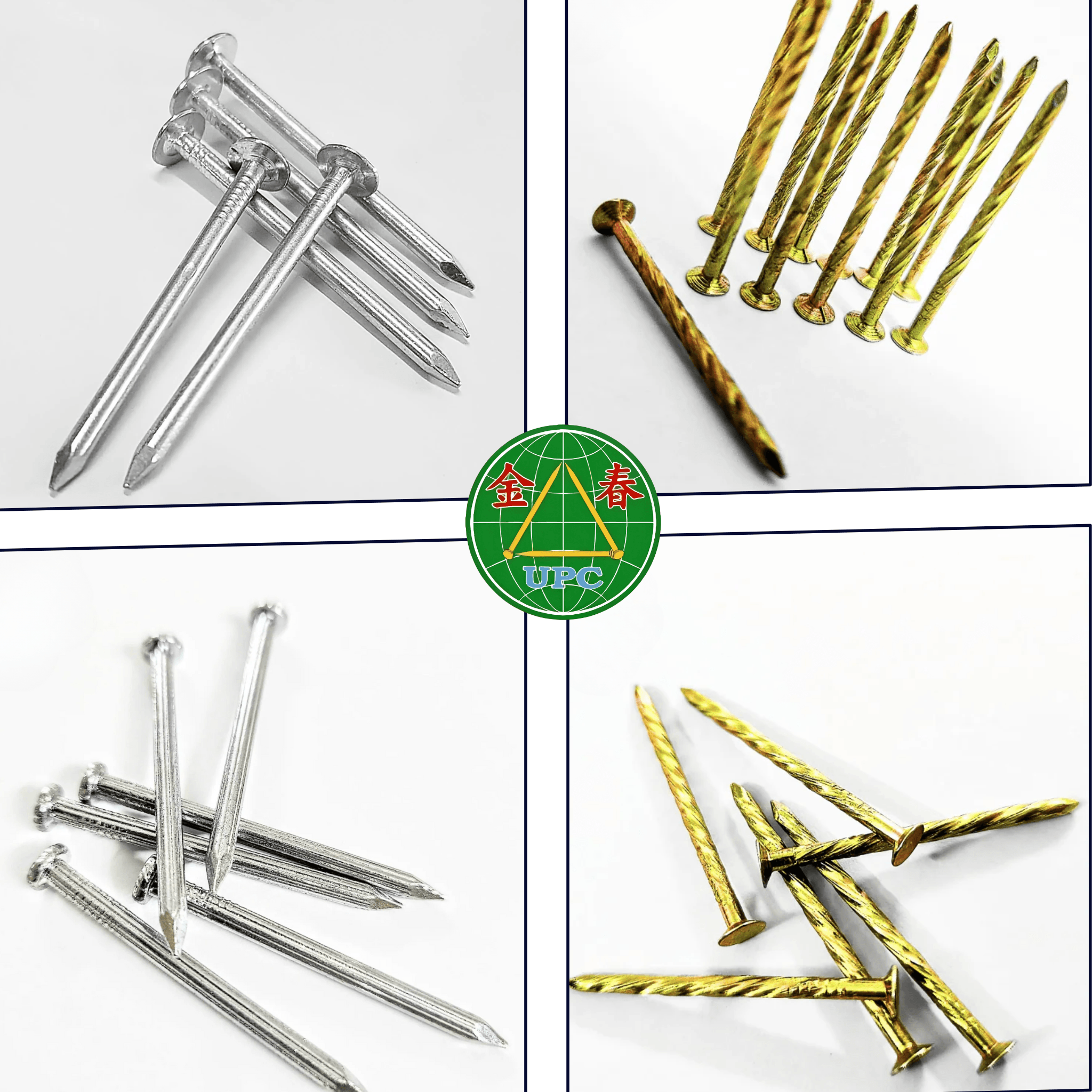
5. Using the Wrong Tools for Nailing
Using the wrong hammer or tool for driving nails can cause inaccurate placement or even damage the materials. For instance, using a small hammer for large nails can result in bending, while using a large hammer for smaller nails may damage the wood.
How to Avoid This Mistake:
- Use a hammer with a flat, solid head that matches the size of the nail. If you’re working on a large-scale project, consider using a nail gun to ensure precision.
- For better control, especially in precision tasks, a rubber mallet or claw hammer may be appropriate depending on the job.
6. Neglecting Personal Safety
Neglecting safety measures when working with nails can lead to accidents such as nail punctures or flying debris. Safety should always be a priority on any construction site, whether you’re a professional or a DIY enthusiast.
How to Avoid This Mistake:
- Always wear safety gloves to protect your hands from sharp nails and splinters.
- Use protective goggles to prevent debris or nails from flying into your eyes while hammering.
- Be mindful of others around you to ensure they are not in the path of swinging hammers or falling nails.
7. Failing to Inspect Nailing After Completion
It’s easy to forget to check your work once the nails are hammered in, but failing to inspect your nails and connections can lead to weak joints or unstable structures.
How to Avoid This Mistake:
- After completing the nailing, check the nails to ensure they are fully inserted and not bent. If any nails are sticking out or not securely fastened, re-nail them to ensure a tight fit.
- Regularly inspect the structure to ensure that no nails have worked loose over time, especially in high-stress areas.
Conclusion
Although common nails are simple tools, using them improperly can lead to significant safety issues and weaken the integrity of your work. By choosing the right nails, using the appropriate tools, paying attention to the placement, and following proper safety procedures, you can avoid common mistakes and complete your construction projects with confidence.
Remember:
- Choose the right nails for the job.
- Don’t drive nails too deep into materials.
- Ensure accurate nailing positions.
- Always use high-quality nails.
- Use the correct tools for the job.
- Prioritize safety with protective gear.
- Inspect the work to ensure strong, stable connections.
With these tips, you can work more efficiently and safely, whether you’re a seasoned professional or a DIY enthusiast. Happy nailing!
Contact Information
UNITED NAIL PRODUCTS CO., LTD
Specializing in high-quality nails and small coil wire production
Thank you for taking the time to read this article. We hope the information proves helpful to you.

